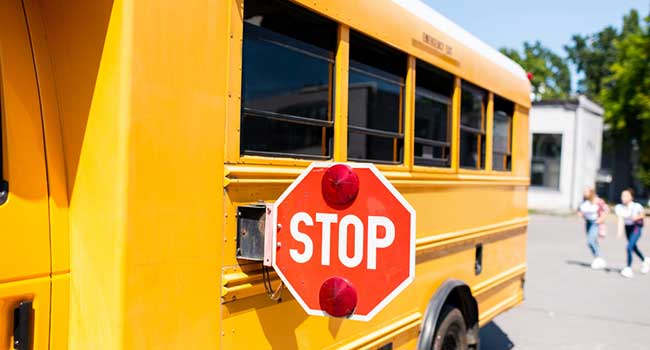
New Indiana Safety Law Changes School Bus Routes
School bus routes in Indiana will be changing to keep elementary students from crossing rural roadways on rural highways to get on or off the school bus.
- By Kaitlyn DeHaven
- July 22, 2019
A new Indiana law seeking to prevent children from crossing rural roadways on rural highways to get on or off the school bus will change several school bus routes this fall. Under the law, bus drivers are required to pick up or drop off elementary school students on the right-hand side of the roadway unless there are no other safe alternatives.
Jim McBee, director of business and transportation at North Montgomery School Corp., said he hopes the changes will have little impact on ride lengths.
“The majority of our routes will be impacted, some more than others, to make it all work,” McBee said.
The new routes will be available on the Powerschool system after Aug. 1.
Although school boards must approve bus routes where rural highway crossings are unavoidable, Eric Brewer, director of transportation and safety and principal of Walnut Elementary School, said that they want to do their best to eliminate the crossings.
“Our intention through and through is just to eliminate that whole possibilities,” Brewer said. “We don’t have a lot of those situations because we’ve always been conscious of [avoiding rural highway crossings] in the first place.”
The law will also harshen penalties against those who pass school buses while the “stop arm” is out. If injury isn’t involved, these penalties can range from paying a fine to the suspension of a driver’s license. If injury or death occurs, the individual will face a level six felony.
About the Author
Kaitlyn DeHaven is the Associate Content Editor for the Infrastructure Solutions Group at 1105 Media.